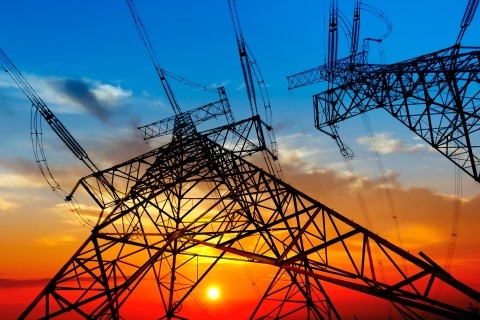
Here's how China will leverage energy in its Belt & Road initiative
Power projects comprise over 40% of those in the pipeline.
China's footprint in power sectors across the Belt & Road initiative will increase, with Asian power markets like Pakistan, Laos, India and select markets in South East Asia the key beneficiaries of the ramp-up in Chinese investment, according to BMI Research.
The coal and hydropower sectors will be the main investment focus. The Chinese government's Belt & Road (B&R) initiative (also known as One Belt, One Road) will see an influx of Chinese-led investments into power projects in markets along the B&R routes.
Here's more from BMI Research:
We are seeing investment into all infrastructure segments - including rail, oil and gas pipelines, road and ports infrastructure, aimed at creating strategic transport nodes around which significant industrial investment is also taking place. In order to facilitate these developments, power projects remain a key focus for Chinese investment along the B&R initiative routes.
This is evidenced in the B&R project list, as power and grid infrastructure projects make up over 40% of the total number of projects in the pipeline - more than 170 projects globally.
Power projects form such a significant part of the B&R investment strategy for several reasons, not only because power generation is so crucial to supporting industrial parks, but also because many governments in the region view expanding their domestic power sectors as a policy priority.
As such, there are already ambitious power expansion plans in the pipeline, which dovetail with the Chinese government's 'Going Global' strategy and its 13th Five-Year Plan, aiming to find Chinese companies new markets in which to export their technological capabilities and products to.
This includes nuclear reactor technology, high-voltage transmission lines and project development expertise in hydropower and coal facilities























 Advertise
Advertise






